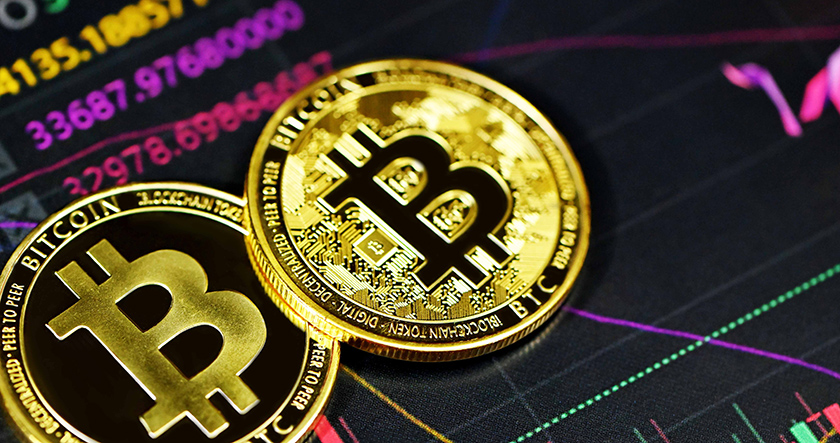Crypto is having a breakaway moment, and it might not stop until it’s running parallel with gold as the most favored method for future-proofing assets. The combination of the recent downgrading of US credit, Ripple’s win over the SEC, and BTC’s announcement that it will soon be halving has at least one Wall Street executive looking at bitcoin’s value increasing by a factor of 10 by 2028 – putting it at a level on par with the combined $6 trillion value of the gold market. Bitcoin isn’t the only hot commodity, either, as some see crypto poised for a $30 trillion boom.
Mark Yusko, Chief Executive of Morgan Creek Capital, told Coindesk recently that the upcoming halving of bitcoin’s supply could be the catalyst that drives the coin up to $300,000 per BTC. Each time the bitcoin supply has been halved in the past, the market has surged as demand either holds or increases.
The next halving of BTC is set to take place in April 2024. When it does, bitcoin miners who currently make six coins will instead make three.
Any business major will tell you that when the finite supply of an item becomes more scarce and demand doesn’t, well – bull markets can ensue. With that in mind, Yusko’s anticipated rise of BTC to be on par with gold in value is easier to imagine.
Other coins are also poised to take off as the US moves toward a uniform regulatory policy, with other cryptocurrencies poised favorably to rapidly increase in value once regulation legitimizes the US industry and major Wall Street backers unleash their fortunes in a bid to buy up crypto coins. It’s enough for Forbes to report an impending boom in the industry to the tune of $30 trillion – a staggering leap that, in the face of the US’s declining credit, makes crypto all the more appealing to investors.
According to Elon Musk, all it would take to kick off the $30 trillion boom would be for any of the recently-proposed cryptocurrency ETF applications to be approved by the SEC.
It’s not all coming up roses, of course, as the industry weathered a difficult shock earlier this week when Brian Armstrong of Coinbase revealed that the SEC almost passed a ban against all crypto except Bitcoin. That revelation was enough to cause the crypto market to carry itself sideways over the past few weeks despite the other positive news that’s come out of the industry lately.
On that note, Ripple scored a surprise victory over the SEC in mid-July when it announced that the SEC’s claim that it had sold investment contracts was overturned. While it was acknowledged that Ripple’s actions violated securities laws, the company and the crypto industry in general claimed the win as evidence that the SEC was not fit to be the regulating body for crypto in and of itself. The announcement led to a $60 billion market boom that put Ripple’s XRP coin at the fourth most-valued cryptocurrency available.
With the value of crypto coins ready to skyrocket as soon as regulatory framework in the US is finalized and crypto ETFs are made available to investors of all types, it’s the early backers who will benefit most. Even without the potential profit to be realized, it’s clear that cryptocurrency is rapidly becoming established as a legitimate hard currency suitable for backing the dollar – and for protecting against inflation that could consume it.
Traditionally, of course, gold has been seen as the long-standing choice for those wishing to protect their assets against the uncertainty of the future, and that continues to be true. Bitcoin likely won’t ever replace gold, as both have different stores of value and serve different purposes. With that said, putting the gold and crypto markets on par signifies just how far crypto has come from its humble beginnings.







